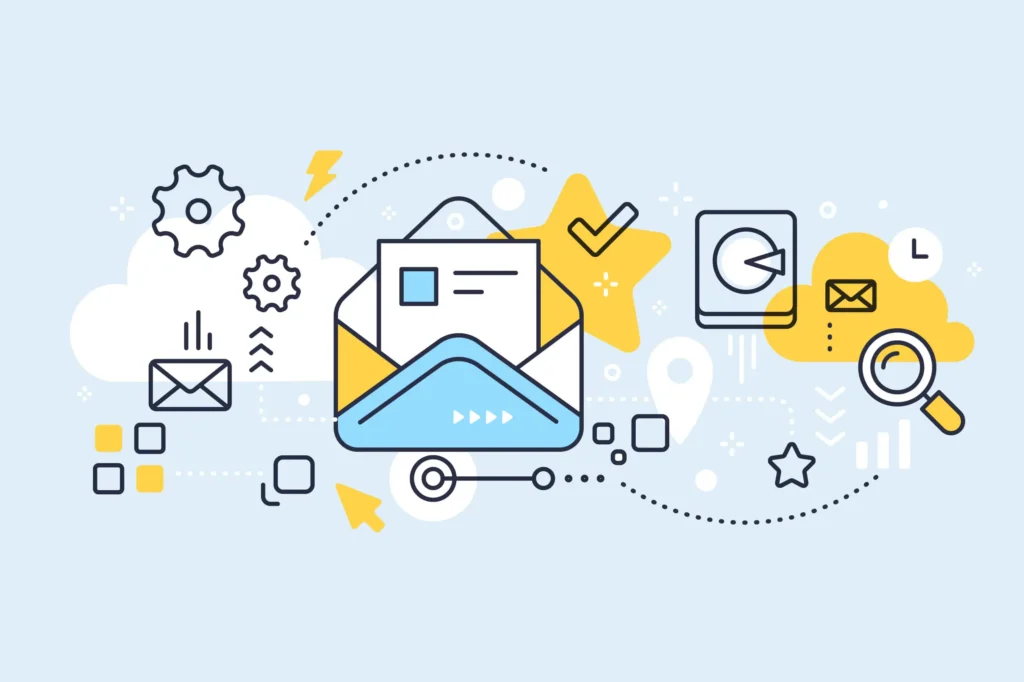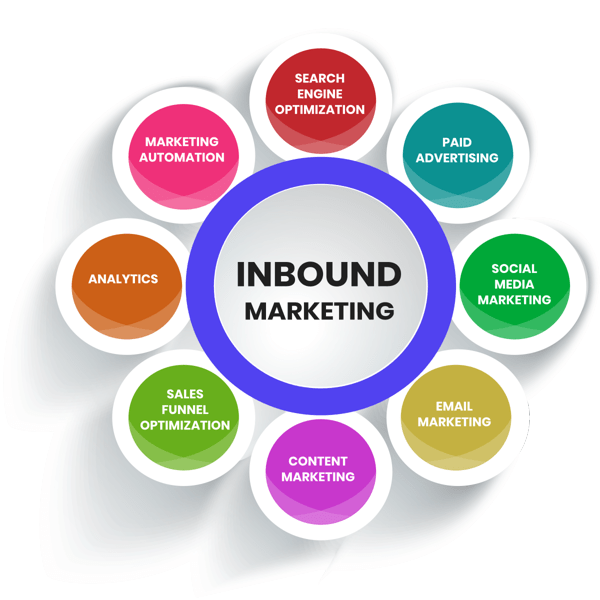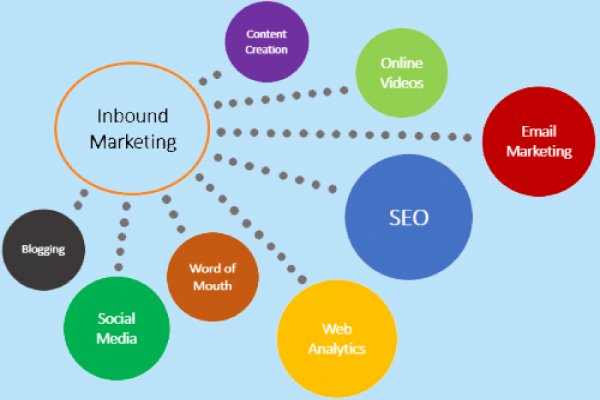The Ultimate Guide to Developing an Effective Inbound Marketing Strategy
In today’s digital-first landscape, businesses are constantly seeking innovative ways to attract, engage, and retain customers. Traditional outbound marketing methods, such as cold calling and direct mail, are becoming less effective as consumers grow more resistant to interruptions and unsolicited advertisements. Instead, inbound marketing has emerged as a powerful alternative, offering a value-driven approach to connecting with audiences. This article delves deep into the concept of inbound marketing and provides a comprehensive guide to crafting an effective inbound marketing strategy.
What Is Inbound Marketing?
Inbound marketing is a customer-centric approach that focuses on attracting potential customers by providing valuable content and experiences tailored to their needs. Unlike outbound marketing, which pushes products or services to audiences, inbound marketing draws people in by addressing their pain points, answering their questions, and fostering trust.
At its core, inbound marketing relies on the following key principles:

Attraction

Engagement

Delight
Tips for Enhancing Your Inbound Marketing Strategy
Repurpose Content
Extend the life of your content by repurposing it into different formats. For example, turn a blog post into an infographic or a video.
Focus on Visual Content
Visual elements like images, videos, and infographics can significantly boost engagement and shareability.
Personalize Your Approach
Use data to deliver personalized content and recommendations. Personalization can enhance user experience and drive conversions.
Engage in Storytelling
Craft compelling narratives that resonate with your audience and make your brand memorable.
Stay Updated
Inbound marketing trends and technologies evolve rapidly. Stay informed and adapt your strategy accordingly.


Why Is Inbound Marketing Important?
Inbound marketing aligns perfectly with the modern buyer’s journey. Today’s consumers are empowered with information and prefer to conduct their own research before making purchasing decisions. This makes inbound marketing an essential strategy for businesses aiming to:
Build brand authority and credibility.
Establish long-term relationships with customers.
Increase website traffic and generate high-quality leads.
Boost customer retention and satisfaction.
Improve return on investment (ROI) compared to traditional marketing methods.
Measuring the Success of Your Inbound Marketing Strategy
Key performance indicators (KPIs) are essential for tracking the effectiveness of your inbound marketing efforts. Some important KPIs include:
Website traffic (total visitors, unique visitors, page views).
Lead generation metrics (conversion rates, number of qualified leads).
Engagement metrics (social media shares, comments, likes).
SEO metrics (organic traffic, keyword rankings, backlinks).
Email metrics (open rates, click-through rates, unsubscribe rates).
ROI (revenue generated compared to marketing spend).


The Future of Inbound Marketing
As technology advances, inbound marketing will continue to evolve. Emerging trends include:
Artificial Intelligence (AI): AI tools can enhance personalization, automate repetitive tasks, and provide predictive analytics.
Interactive Content: Quizzes, polls, and interactive infographics are becoming increasingly popular for engaging audiences.
Voice Search Optimization: With the rise of smart speakers, optimizing for voice search is essential.
Video Marketing: Short-form videos, live streaming, and video SEO are crucial components of modern strategies.
Sustainability and Social Responsibility: Consumers are gravitating toward brands that prioritize ethical practices and social impact.
Generating High-Quality Content
Challenge: Creating content that consistently resonates with your audience. Solution: Conduct regular audience research and collaborate with experts to ensure your content is relevant and valuable.
01
Measuring ROI
Challenge: Demonstrating the impact of inbound marketing on revenue. Solution: Use analytics tools to track KPIs and align your metrics with business objectives.
03
Common Challenges and How to Overcome Them
02
Driving Traffic and Leads
Challenge: Attracting enough visitors to your website and converting them into leads. Solution: Invest in SEO, paid advertising, and social media promotions to drive targeted traffic.
04
Staying Consistent
Challenge: Maintaining a consistent publishing schedule and brand voice. Solution: Use a content calendar and automation tools to streamline your efforts.
Steps to Create a Winning Inbound Marketing Strategy
Start by setting clear, measurable objectives. For example, you may aim to increase website traffic by 30% in six months or generate 200 qualified leads per month.
Develop buyer personas to understand your audience’s needs, challenges, and behaviors.
Analyze your competitors’ strategies to identify opportunities and gaps. Look at their content, keywords, social media presence, and overall approach.
Develop a content calendar outlining the topics, formats, and publishing schedule. Ensure your content aligns with the different stages of the buyer’s journey: Awareness, Consideration, and Decision.
Conduct keyword research to identify terms your audience is searching for. Use these keywords strategically in your content, meta descriptions, and headings.
Choose the platforms that best align with your audience and business goals. Engage with your followers by sharing content, participating in conversations, and responding to comments.
Use automation tools to streamline tasks such as email campaigns, lead nurturing, and social media scheduling.
Regularly review your strategy’s performance and make data-driven adjustments to improve results.
Core Components of an Inbound Marketing Strategy
Buyer Personas
Understanding your audience is the foundation of any inbound marketing strategy. Create detailed buyer personas—semi-fictional representations of your ideal customers based on market research and real data. Include information such as demographics, pain points, goals, preferences, and purchasing behaviors.
Content Marketing
Content is the backbone of inbound marketing. Create and share valuable, relevant, and consistent content to attract and retain your target audience.
Search Engine Optimization (SEO)
SEO ensures that your content is discoverable by your target audience through search engines. Focus on keyword research, on-page optimization, link building, and technical SEO to improve your website’s visibility.
Social Media Marketing
Social media platforms are excellent channels for distributing content and engaging with your audience. Tailor your content to each platform and leverage social listening tools to understand audience sentiment.
Email Marketing
Email remains one of the most effective channels for nurturing leads and maintaining customer relationships. Use email marketing to deliver personalized messages, promotions, and updates.
Landing Pages and Calls-to-Action (CTAs)
Create optimized landing pages that capture visitor information through forms. Use compelling CTAs to guide users toward desired actions, such as downloading an eBook or signing up for a webinar.



